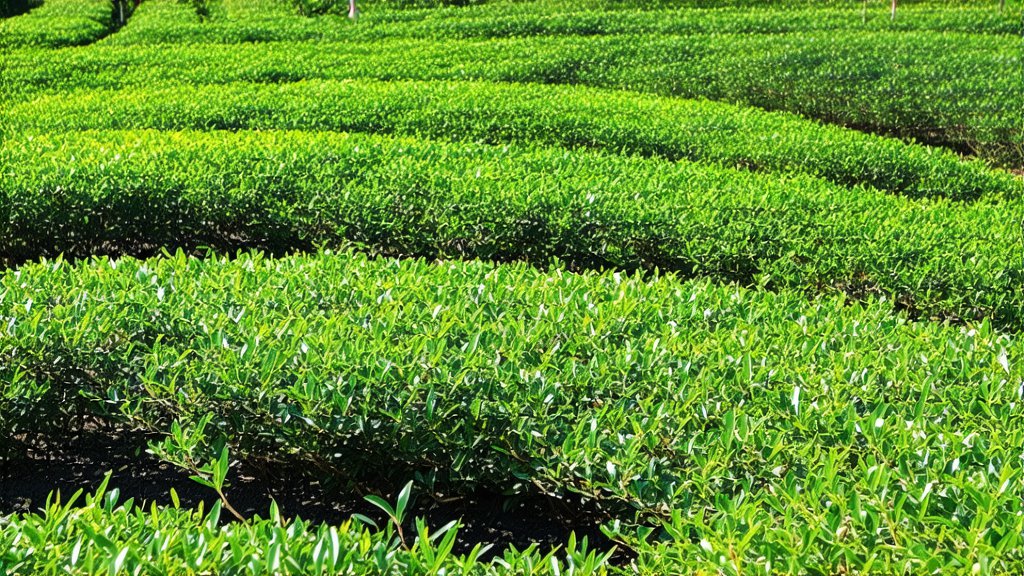
The world of tea is vast and diverse, with each variety offering its own unique flavor profile, history, and cultural significance. Among the myriad options available, Chinese Oolong tea stands out as a particularly intriguing and complex category. Within this broad classification lies a sublime gem known as Tieguanyin, a tea that has captivated the hearts and palates of tea enthusiasts worldwide. This article delves into the rich history, varieties, meticulous production process, and nuanced art of appreciating Tieguanyin, inviting international readers to embark on a sensory journey through one of China's most cherished tea treasures.
Historical Roots and Origins
Tieguanyin, often referred to as the "Iron Goddess of Mercy" or "Iron Buddha," traces its origins back to the Ming Dynasty (1368-1644) in the Anxi region of Fujian Province, China. Legend has it that the tea was discovered by a poor scholar named Wei Yin who found refuge in a temple after failing his imperial examinations. There, he encountered a peculiar tea plant whose leaves, when brewed, produced an extraordinary aroma reminiscent of orchids. Named after the Bodhisattva Guanyin, symbolizing compassion and mercy, Tieguanyin quickly gained popularity for its exceptional quality and became a symbol of purity and grace.
Varieties and Cultivation
Tieguanyin is primarily grown in the mountainous regions of Anxi, where the unique climate, high altitude, and fertile soil contribute to the tea's distinctive character. The most renowned sub-varieties include Xiang Ping (Fragrant Peace), Bao Zhong (Precious Brew), and Lan Xiang (Orchid Fragrance), each exhibiting subtle differences in taste, aroma, and mouthfeel. These variations are often attributed to differences in cultivation practices, terroir, and processing techniques employed by individual farmers and tea masters.
The Art of Crafting Tieguanyin
The production of Tieguanyin is an intricate dance between man and nature, requiring precision and expertise at every step. Here's a glimpse into the traditional工艺流程:
-
Plucking: Only the youngest leaves and buds, typically the top two or three leaves and the bud, are handpicked during the early morning hours when they contain the highest concentration of nutrients and essential oils.
-
Withering: The freshly picked leaves undergo a gentle withering process to reduce moisture content and initiate enzymatic reactions that contribute to the tea's unique flavors. This can be done either naturally under the sun or indoors using specialized equipment.
-
Bruton Turning: One of the defining features of Tieguanyin is its rolling process, which involves repeatedly tossing and turning the leaves in a large bamboo basket. This not only shapes the leaves but also helps to evenly distribute moisture and promote oxidation.
-
Fixation: To halt oxidation and preserve the desired level of 'greenness,' the leaves are briefly exposed to high heat, usually through pan-firing or baking. This step also develops the characteristic roasted note associated with Tieguanyin.
-
Shaping and Sorting: After fixation, the leaves are shaped into their final form—tightly rolled pellets—and sorted according to size and quality. Premium grades are meticulously selected for their uniformity and aesthetic appeal.
-
Final Drying: The tea undergoes a final drying phase to achieve the optimal moisture level for storage and longevity without compromising flavor.
Savoring the Iron Goddess: A Guide to Appreciation
Appreciating Tieguanyin is not merely about drinking; it's an immersive experience that engages all the senses. Here are some tips for a proper tasting session:
-
Preparation: Use a Yixing clay teapot or a Gaiwan (a lidded bowl) to enhance the tea's aroma and flavor. Rinse the vessel with hot water before adding the茶叶leaves.
-
Infusion: For a standard 150ml pot, use approximately 5 grams of loose leaves. Begin with a quick rinse to awaken the leaves, discarding this first infusion. Subsequent steepings should range from 15 seconds to 2 minutes, gradually increasing as the leaves unfurl.
-
Observation: Admire the vibrant golden-green hue of the liquor and notice how it changes with each infusion. Pay attention to the delicate dance of the unfurling leaves within the pot.
-
Aroma: Inhale deeply before each sip to detect the tea's intricate bouquet, which may include floral notes of orchids, sandalwood, or creamy caramel.
-
Tasting: Sip slowly, allowing the tea to coat your palate. Notice the initial sweetness, followed by a subtle astringency and a lingering aftertaste that hints at fruitiness or floral undertones. The texture should be smooth yet invigorating, providing a balanced harmony between bitterness and sweetness.
-
Reflection: Take time between infusions to reflect on the evolving flavors and aromas, appreciating how each steep reveals new dimensions of the tea's complexity.
Tieguanyin is more than just a beverage; it embodies centuries of tradition, craftsmanship, and a profound connection to nature. Its allure lies not only in its exquisite taste but also in the meditative practice of preparing and savoring it mindfully. As you embark on your exploration of Tieguanyin, remember that every cup tells a story—one of patience, passion, and the timeless art of tea making.